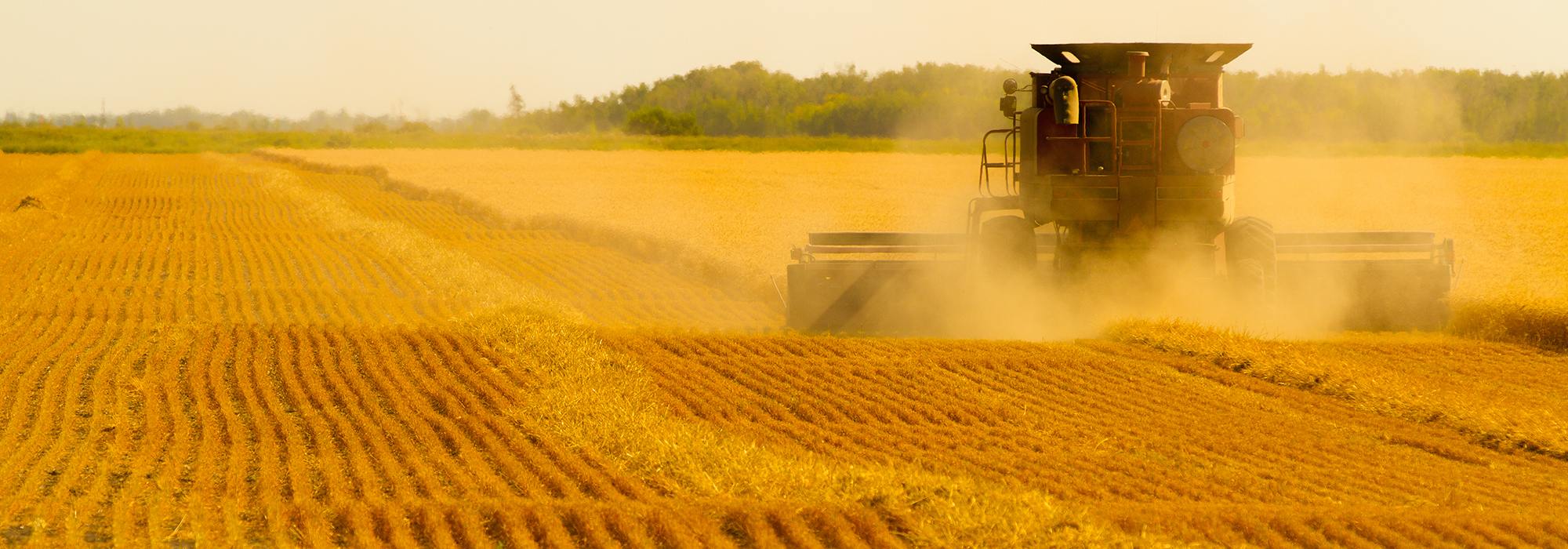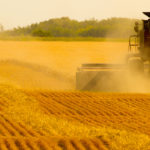
Canadian agriculture has had an insufficient and unstable labour supply for decades. The Temporary Foreign Worker Program was developed in 1973 to respond to labour shortages, as the number of Canadians choosing to work on Canadian farms began to decline. Over time, this issue has only become more pronounced. In 2019, primary agriculture brought in over 60,000 temporary foreign workers and still had over 16,000 vacancies. In 2017, on-farm agriculture had the highest job vacancy rate of any industry in the country, 5.4 percent. Before COVID-19, the labour gap was 63,000 employees and was predicted to reach 123,000 by 2029.
Even with these issues, Canadian agriculture and agri-food, which comprises the entire food supply chain including fertilizer, farmers, processors, retailers and food services, has been a powerhouse of the economy, providing one in eight jobs and adding $142 billion to Canada’s GDP. Dealing with these systemic labour problems will unleash the even greater potential of Canadian agriculture and position it to be an increasingly powerful economic engine for Canada’s recovery.
The need for a more strategic approach to Canadian agri-food labour has been long recognized, evidenced by recommendations from the Minister of Finance’s Advisory Council on Economic Growth in 2017 and again under the Agri-food Economic Strategy Table in 2019. Canadian agriculture’s amazing potential was also outlined last summer in the Farmer 4.0 report from the Royal Bank of Canada. Recommendations from these reports on labour include:
- Continuing to monitor the labour situation with quality labour market intelligence research;
- Increasing the supply of labour by improving access to temporary foreign workers and generating domestic interest in careers in agriculture; and
- Improving the knowledge and skills of industry workers, supervisors, managers and owners to support evolving requirements and production success in the future.
Many of these recommendations were made initially to support the growth of the Canadian agriculture sector to harness its economic potential, but COVID-19 has shown that the agri-food labour system is vulnerable to disruptions, including those outside of Canada.
Canadian agriculture is a complex sector, with the labour needs of farmers being different depending on location, their crops and animals and even the weather. Because of this, a long-term, comprehensive labour strategy has seen limited progress, with short-term labour challenges occupying much of the energy of industry and governments.
However, the pandemic has clearly shown the need for a resilient national labour strategy that will stabilize the availability of workers throughout the pandemic and beyond. It has also highlighted a need for further investments in automation and labour-saving technologies to lessen the sector’s reliance on workers.
Keeping agriculture businesses operational during COVID-19 has not been easy for industry or government. Many businesses face extensive labour shortages as well as the challenge of protecting farm workers as much as they can from possible exposure to the coronavirus. At the beginning of the pandemic farmers struggled to acquire personal protective equipment as demand for it in the health-care sector rose, and supplies were short. Farmers had to adapt to quickly shifting health recommendations and rules for social distancing, social bubbles and mask wearing to protect against asymptomatic transmission. COVID-19 has highlighted not only how complex it is to maintain public health during a pandemic, but also just how difficult it is to manage labour access issues in this industry when international labour mobility constraints and workplace safety concerns abound.
In past periods of economic difficulty, Canadian agriculture has been a resilient industry due to its essential role in providing food for Canadians and consumers around the world.
Focused discussions on a long-term labour strategy, bringing together the voices of farm workers, employers, and all relevant departments and levels of government, will be critical to helping Canada’s agri-food sector become an important economic engine for Canada’s recovery. Simultaneously, a national labour strategy can add resilience to Canada’s food supply and also provide food for countries in more dire circumstances as they struggle with similar domestic food production issues due to COVID-19.
At the beginning of the pandemic, farmers had to make risky and costly decisions about planting before they had any confirmation that temporary foreign workers could arrive.
COVID-19 exposed many of the vulnerabilities that arise from having an extremely centralized and efficient processing sector and a reliance on international labour at the farm level. For example, when the Cargill meat-processing plant in Alberta shut down in April due to a COVID outbreak, that eliminated a third of Canada’s ability to process beef for two weeks, with limited options for farmers to divert their animals to other processing plants. This created huge costs for farmers and had the potential to cause animal welfare issues as farmers had to house and feed far more animals than they had planned to.
At the beginning of the pandemic, farmers had to make risky and costly decisions about planting before they had any confirmation that temporary foreign workers could arrive. Farmers either planted less or took the risk of planting as usual. With fewer workers, some of them delayed entering Canada, many farmers had to throw out plants they didn’t have the labour to plant, or abandon entire fields as they became overgrown and impossible to manage.
Learning from the vulnerabilities exposed by COVID-19, any labour strategy must include short-, medium- and long-term work plans. Job vacancies must be reduced with investments to improve awareness of careers in agriculture, streamlining the temporary foreign worker program and improving immigration options for sector workers to become Canadian citizens. Skills training opportunities must be improved for workers, with human resource management training and certification demonstrating quality practices for training, retention, recruitment and staff management, as well as strategic investments to support commercialization of labour-saving technologies and automation. Any investments in technology must be coupled with a push for rural broadband, which is critical to reaping the benefit of emerging technologies.
Through these investments, Canada’s agri-food industry will position itself for the future with the required skills, workforce and technologies while reducing uncertainty and spurring growth during this critical economic recovery period.
Canada’s agriculture industry cannot continue to produce nutritious, safe and affordable food for Canadians and for global consumers without a secure workforce in place, as the contributions of Canada’s farm and food workers are critical drivers of the sector’s success.
The COVID-19 pandemic has put a greater spotlight on this and confirmed that there is no more time to waste. Together industry and government must work toward longer term and systemic solutions to the persistent labour shortages the agriculture industry is facing.
Photo: Shutterstock/By FANKS












